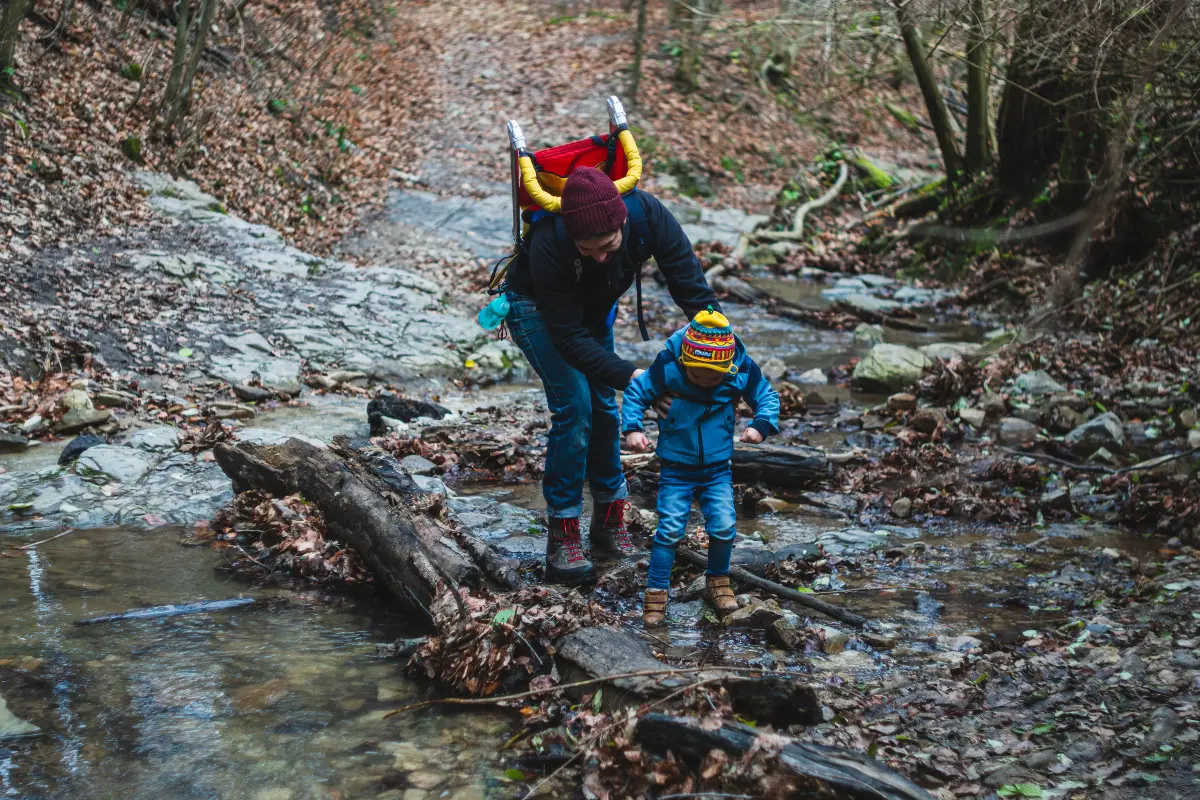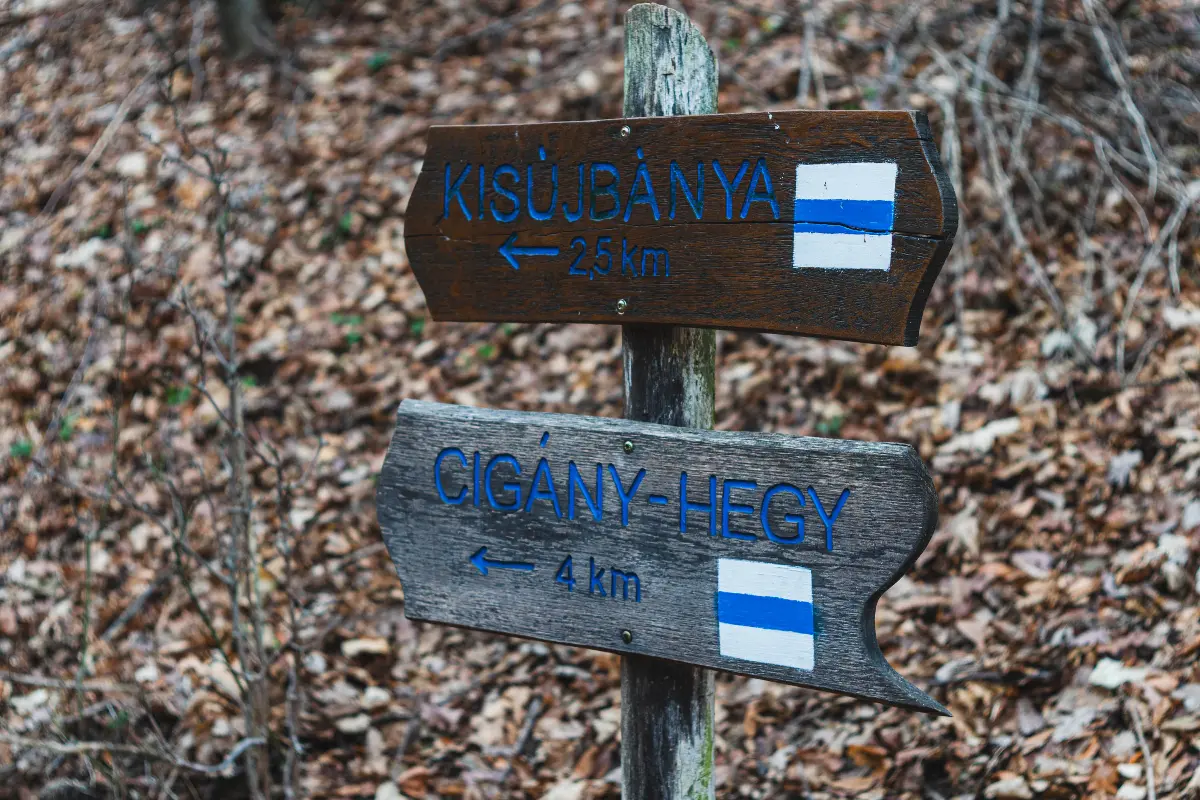
Helyszín címkék:
Beyond the glass mountain – or the footprint of glass production in our country
Szabó Sára
“Once upon a time, beyond the Seven Seas, even beyond the glass mountain” – the familiar Hungarian folk tale introduction from our childhood could be a reference to the Eastern Mecsek. At the very end of the 17th century, a dynasty of German-born master glassmakers arrived in the region, laying the foundations of a flourishing manufactory industry, the glass industry, on the “glass hill” of Baranya. They chose this wonderful region for a reason: the early settlers were looking for an area where all the raw materials needed to make glass could be found. The forest was rich in beech wood, quartz sand, sodium carbonate and lime. The glassmakers made an agreement with the bishopric that owned the area and settled there. Around the glasshouses, slash-and-burn settlements have been established: Óbánya, Kisújbánya and Pusztabánya. These settlements were home to the glass barn itself, the “frog-salt” (quartzite, chert) mill, the sawmill, the soda boiler and the potash-production workshop – but also to the millwright and other craftsmen: the smelter, the soda boiler and the butlers.

By the end of the 18th century, the glass hut of Pusztabánya had become the largest industrial facility in Baranya County, and glassmaking became one of the most flourishing industries in Hungary.
The production process of forest glass
In the huts in the forest region, so-called potash glass was made by mixing the chips of quartz sand (formerly known as frog salt) with potash (‘szalajka’) and lime made from the ashes of beech trees. In the first stage of glass production, the ground raw materials were mixed and then pre-melted at around 800 degrees Celsius. The mixture was then further heated at 1200-1400 degrees Celsius, to which various additives were added, and then repeatedly cleaned of the slag. The mixing process produced transparent glass, which was decolourised or even coloured with various metal oxides. The material was then cooled slowly and shaped by glass blowing.
Tours “beyond the glass mountain”

There is also a special 23-kilometre circular route to learn the craft, which seems almost like witchcraft. Through the boards of the Üvegesek Útja (‘Glassmakers’ Trail’), you can learn about the history of glass, its raw materials, the tools of glassmaking, the way of life of the inhabitants, and finally the 18th-century huts of the Eastern Mecsek. The tour starts at the glass exhibition in Hosszúhetény, continues at the bottom of the Zengő, at the Réka Valley hut site, and then passes through Óbánya, Kisújbánya and Pusztabánya before returning to the starting point. If the 23 kilometres would be too much and you are planning a more sneaking day out, or if you are visiting the area as a family with young children, a walk from Óbánya is an excellent option. This charming village in the valley of the Öreg (‘Old’) Brook has lovely whitewashed, neat, porch-fronted houses, and its population is still predominantly German. From the trout ponds at the end of the village, a charming path winds all the way to Kisújbánya. The valley is lined with fascinating rock formations (Csepegő Rock), streams flowing down sideways over limestone layers (Ferde Falls) and unique calcareous tufa formations. When you get back to Óbánya, you can stay in one of the cosy guesthouses, but we warmly recommend the fried trout at the Forellezz restaurant, where the fish comes from the neighbouring pond.
Great sips and giants in the neighbourhood
There are other places of interest nearby: In Mecseknádasd, we find the Hetényi winery, which is now the winery of the sixth generation of the winemaking family. You can ask for a wine tasting, during which the farmers will pour up to 12-year-old wine specialities into your glass. Drinks will be served in the Kilátó (‘Lookout’) Cellar and the Kóstoló (‘Tasting’) Chapel. Local trout is also on the menu of the Hetényi Winery.

If you are passing by, you might spot the Vasgyúró (‘Iron Kneading’) Giant! According to Baranya legends, this fairy-tale figure possessed such immense strength that he mined the ores of Zengő Hill with his bare hands, and shaped the iron like a housewife shapes dough. The Giant of Mecseknádasd is an installation made of acacia wood, about 4 metres high, which praises the work of Antal Dechandt. The colossus is part of an exciting treasure hunt not just for children, in which you have to find the “lost” giants in the settlements of Eastern Mecsek.








